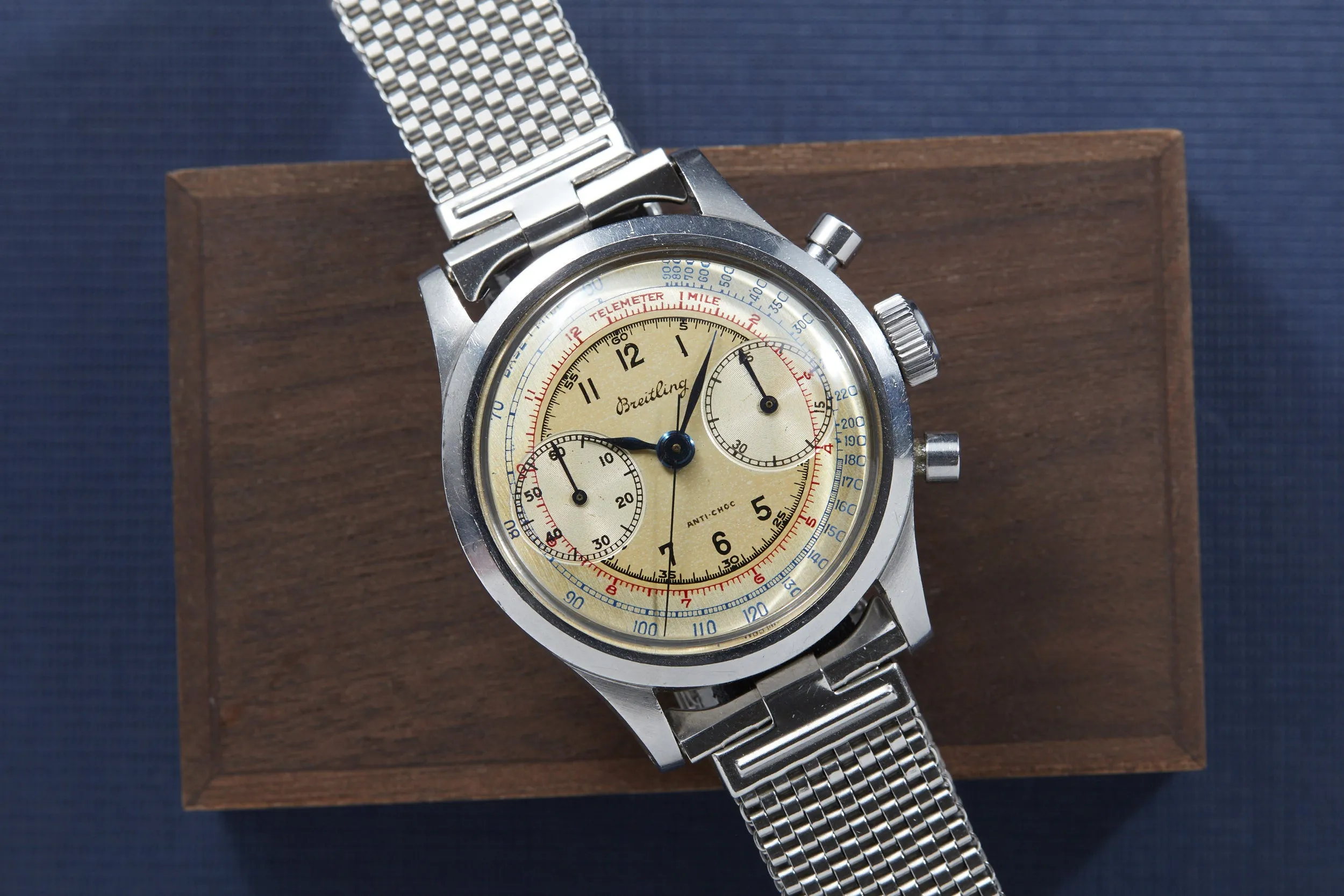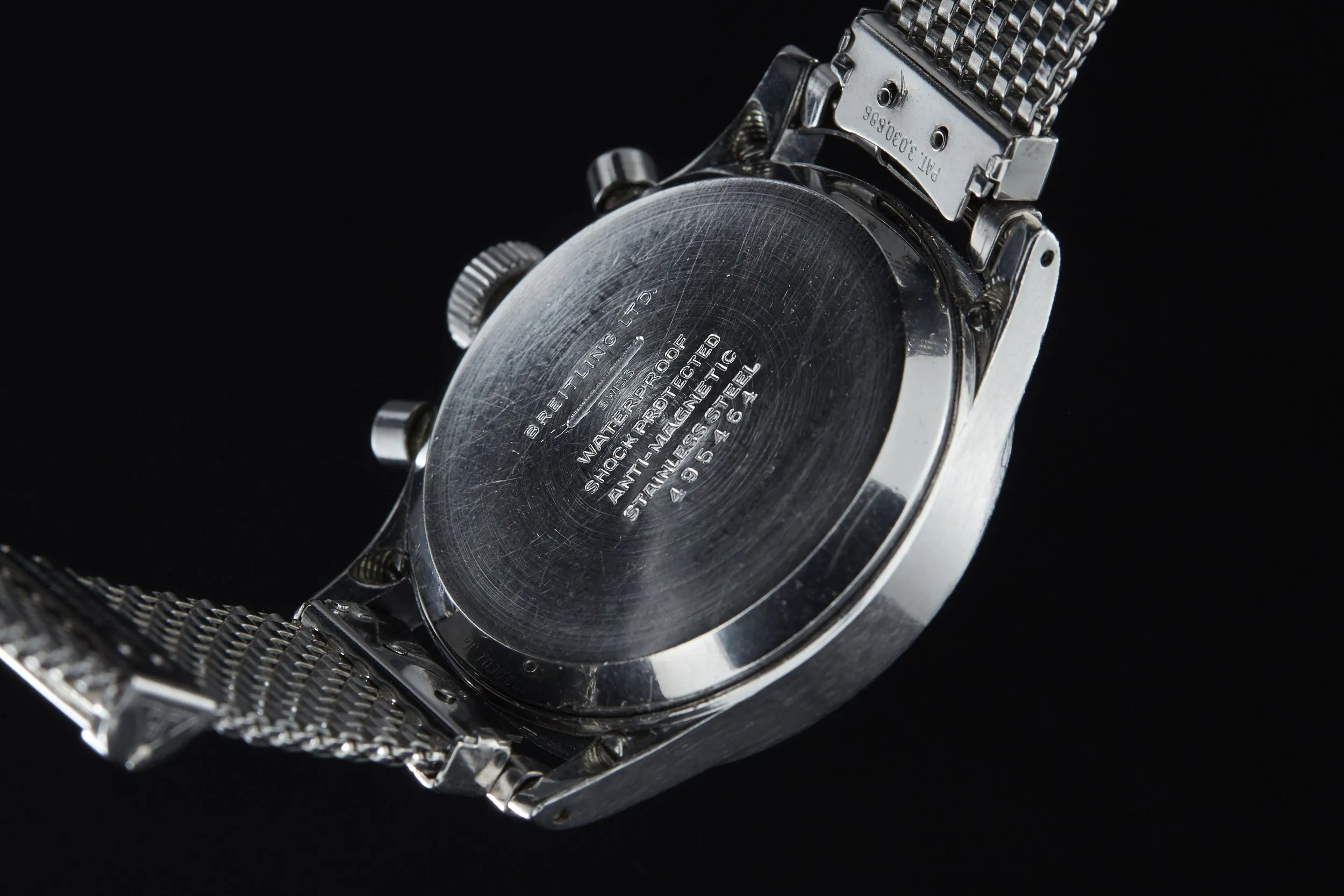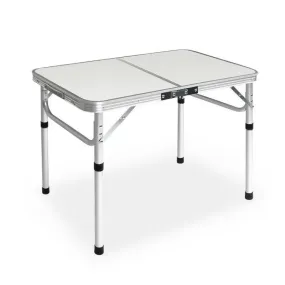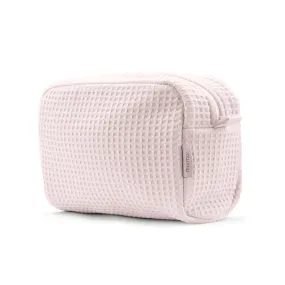Leon Breitling had always loved watches. Ever since he was a boy, he was fascinated by them, and in his childhood he and his family would while away the long winter evenings by their fireside making watch parts. So it seemed a natural progression for him to study the craft in his youth, and go into business in 1884.
But at the time Breitling opened up shop, he had competitors—40,000 of them, to be exact.
In order to get a leg up on his competition, Leon quickly learned the necessity of specialization; soon, he found his niche: chronographs.
His ingenuity paid off, and business was booming. Soon the company outgrew the small shop in Saint-Imier. So Breitling relocated to La Chaux-de-Fonds—the crucible of the Swiss watch industry and the location of most of his suppliers.
In 1915, Breitling launched its first chronograph wristwatch, and it immediately drew attention across the world. This was due to the an ingenious solution devised by Gaston Breitling: place the pusher at 2 o’clock, as opposed to the usual 6 o’clock. Due to the comfort of this configuration, this version was quickly adopted as the standard, drawing appreciation from military officers who relied on chronographs to time complex troop maneuvers and artillery strikes.
And a massive development just before World War II would have lasting ramifications, not just for Breitling, but for the watch industry as a whole.
In 1936, Gallet filed a patent for a waterproof chronograph case (the first of its kind): the Clamshell.
The name comes from the way that the upper and lower sections of the watch case compress together over a specially flared crystal, protecting the delicate inner mechanisms from the intrusion of water, dirt, dust, and caustic chemicals. These cases are recognizable by the presence of four screws on the reverse side of the case, located at base of the lugs. Further, by inserting gasket sealed pushbuttons into the side of this unique watch case design, Gallet was able to expand the water resistant characteristics of the concept to the more complex wrist-worn chronograph.
The waterproof Clamshell filled such a critical void in the area of military, industrial, and sports-related timekeeping that its popularity helped Gallet's overall sales of wrist-worn watches and hand-held timers exceed 100,000 units per year for over 15 years.
This particular clamshell was produced by Breitling in the early 1940s. The clamshell case is a sturdy and compact 36mm, and the dial—with a multicolored telemeter track—has taken on a lovely patina over time. It’s a striking example of a historical chronograph case, rich with innovation and history.
With such a prominent lineage, this watch is truly a timeless piece.


















